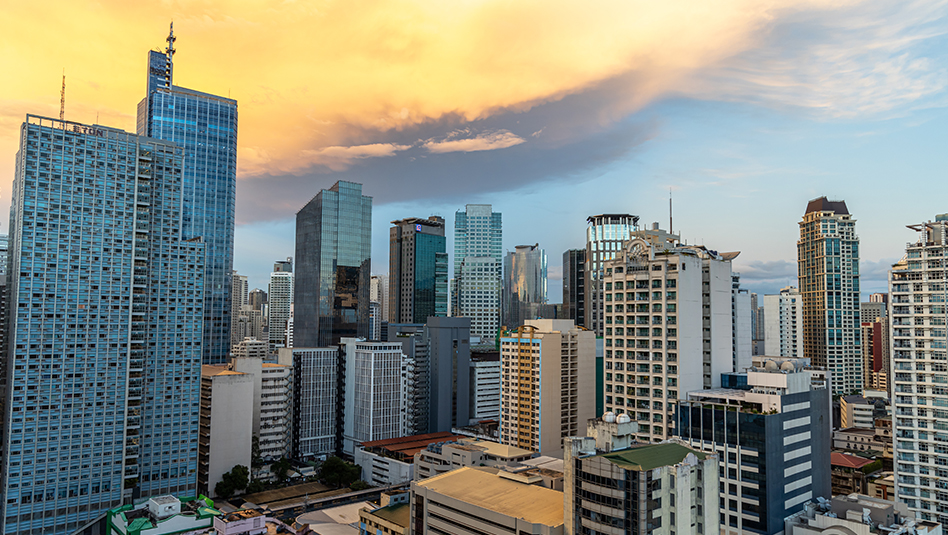
Fundamental View
AS OF 14 Aug 2024KEXIM is a pure policy bank that is directly and indirectly wholly owned by the government of the Republic of Korea, which is obliged under Article 37 of the Export-Import Bank of Korea Act to fund any losses that cannot be covered by the bank’s reserves.
While this is a solvency guarantee and does not explicitly guarantee the timely repayment of debt, we view it as inconceivable that the Korean authorities would fail to provide KEXIM with support in a timely manner, should this be needed, given its crucial policy role and close government links.
Business Description
AS OF 14 Aug 2024Risk & Catalysts
AS OF 14 Aug 2024Previous Korean governments have made moves to privatise the other policy banks, but KEXIM has retained its policy bank role and government ownership, which are not likely to change.
Korea’s shipbuilders have long been the largest users of KEXIM’s services. Losses on exposure to the sector, in particular Daewoo Shipbuilding (DSME), pushed KEXIM into the red in 2016 but the government injected capital and its condition has recovered.
Together with KDB, KEXIM has played a key role in helping corporate Korea survive the COVID-19 induced crisis.
Key Metric
AS OF 14 Aug 2024| KRW bn | FY19 | FY20 | FY21 | FY22 | FY23 |
|---|---|---|---|---|---|
| Pre-Impairment Operating Profit / Average Assets | 1.3% | 1.2% | 1.1% | 1.1% | 1.1% |
| ROAA | 0.5% | 0.1% | 0.5% | 0.4% | 0.6% |
| ROAE | 3.2% | 0.7% | 3.2% | 2.7% | 4.7% |
| Provisions/Average Loans | 0.5% | 1.2% | 0.5% | 0.8% | 0.3% |
| Nonperforming Loans/Total Loans | 2.4% | 1.8% | 1.9% | 1.2% | 0.7% |
| CET1 Ratio | 12.9% | 13.4% | 13.3% | 11.8% | 13.0% |
| Total Equity/Total Assets | 14.9% | 14.8% | 15.1% | 12.6% | 14.3% |
| Net Interest Margin (NIR/Ave Assets) | 1.0% | 0.9% | 0.9% | 0.9% | 0.7% |
CreditSight View Comment
AS OF 07 Jan 2025KEXIM is a wholly government owned policy bank benefiting from a Korean government solvency guarantee. It plays a key role in financing large-ticket exports in particular ships and large-scale overseas engineering projects. Its credit exposures include some industry and borrower concentrations especially to Korea’s shipbuilders and its financial performance has at times suffered. But the Korean government has always acted in a timely manner to endure its solvency, and with this strong backing we view it as a sound credit. We view its secondary levels as in line with where we would expect it to trade, and so continue with our Market perform recommendation.
Recommendation Reviewed: January 07, 2025
Recommendation Changed: September 22, 2020
Who We Recommend
Republic of the Philippines

The Export-Import Bank of Korea

BDO Unibank










 DOWNLOAD
DOWNLOAD



